Prevalence of lung disease in Ireland was already high prior to Covid-19. David Lynch speaks to the Irish Thoracic Society President Dr Aidan O’Brien about the major impact the pandemic is having on respiratory care
The impact of Covid-19 on people with lung disease is “the perfect storm, really”, according to Dr Aidan O’Brien, Consultant Respiratory Physician at University Hospital Limerick and President of the Irish Thoracic Society (ITS).
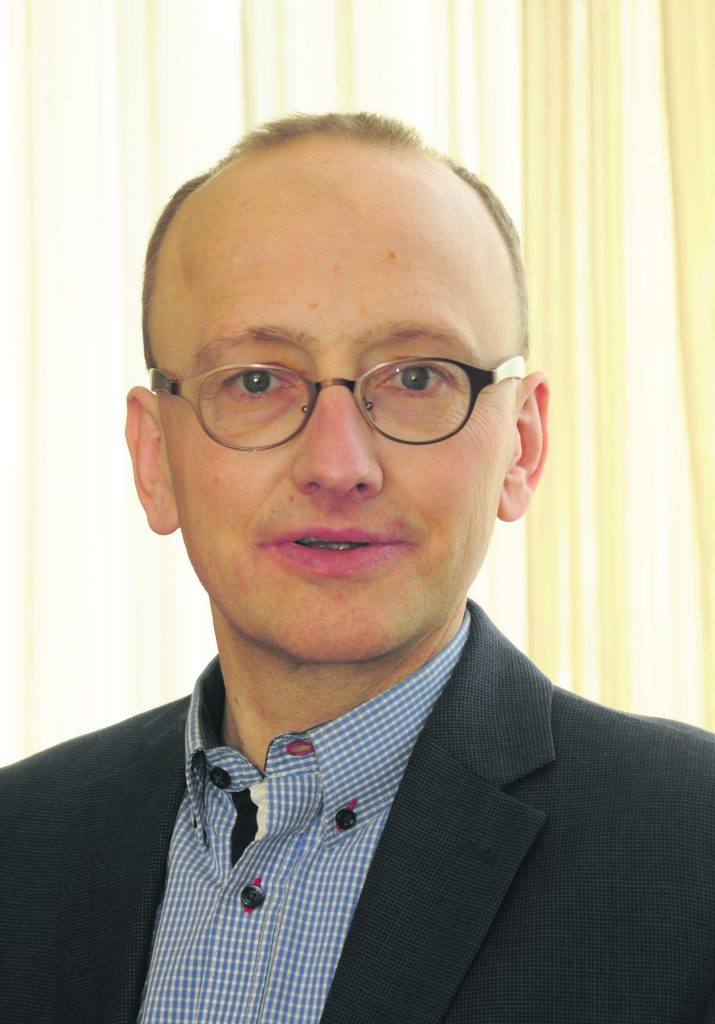
The ITS has made a written submission to Government on the best way forward for the Covid-19 response, as well as on resuming services for non-Covid-19 health issues.
“We have submitted solutions highlighting the already over-stretched respiratory services that are in Ireland,” Dr O’Brien told the Medical Independent (MI) in a recent interview.
The ITS President indicated there are mounting challenges. “Our bad [lung disease] statistics with both morbidity and mortality, the demand for hospital services, now Covid on top of all this,” he outlined.
“As mainly a respiratory disease, we have 30-to-60 per cent of patients based on the previous experience with SARS [2002-2004]. And our initial experience with this Covid SARS 2 is suggesting that we are looking at [similar] numbers of people having residual respiratory symptoms up to a few months later when they are reassessed.
“Now we are also seeing some other potential residual effects as well, but a significant percentage are having residual respiratory issues… it puts an extra burden on the whole system. Then we have reduced facilities to deal with it all because of the restrictions on performing our diagnostic tests and seeing people in our clinics.” Dr O’Brien warned about the upcoming influenza season in the autumn and winter, when “the number of admissions in general tends to drop for most diseases, except for respiratory, where the numbers go up dramatically… and this is before Covid. So you see, a perfect storm.”
If you look at the numbers, we have one of the highest mortality rates from lung disease in Europe at some 40 per cent above the EU average
Submission
The ITS submission puts forward a number of solutions to the coming challenges. “We are suggesting again that respiratory hubs are created, just as suggested in Sláintecare, to integrate community services to try and provide more healthcare there, rather than putting a burden on the acute hospital services,” said Dr O’Brien.
“So that is why we are proposing as part of the Sláintecare initiative to create these integrated respiratory hubs,” said Dr O’Brien, noting these have already been put forward as part of the national control programme for respiratory illnesses in regard to management of chronic obstructive pulmonary disease (COPD). “So [we need] a similar type of programme to care for all respiratory disease and also for the Covid-related illnesses.”
Dr O’Brien said these hubs would be based around the existing community healthcare organisations (CHOs) and would include a set number of consultants, integrated respiratory nurses, physiotherapists and other staff.
“A multidisciplinary team of respiratory specialists,” he explained.
There also needs to be further resourcing in the acute care services to deal with the more complex cases, he added. Dr O’Brien is hoping that the ITS will get an opportunity to present these solutions in person to the Government in the coming period. “We see it as also a potential way of averting further crises, as we know it’s going to be an absolute potential disaster come the influenza season.”
Lung disease
Dr O’Brien explained that the onset of the pandemic seriously complicated already existing challenges in the area of lung disease. “The problem is first of all, Ireland’s lung disease prevalence is extremely high. “If you look at the numbers, we have one of the highest mortality rates from lung disease in Europe at some 40 per cent above the EU average.” Another problem is the high rate of emergency admissions in regard to respiratory illness. Fourteen per cent of hospital admissions are due to lung disease, which is more than cardiovascular and non-lung cancer combined, outlined Dr O’Brien.
“If we look at the death rate in regards respiratory disease in the last decade of statistics, 2008 to 2016, the numbers have increased by 14 per cent, while cardiovascular disease in contrast has dropped by over 7.5 per cent. One-in-five deaths are caused by lung disease, so we have a high prevalence of morbidity and mortality from lung disease to begin with.”
Assessing the situation prior to the pandemic, Dr O’Brien said respiratory services were already under extensive strain.
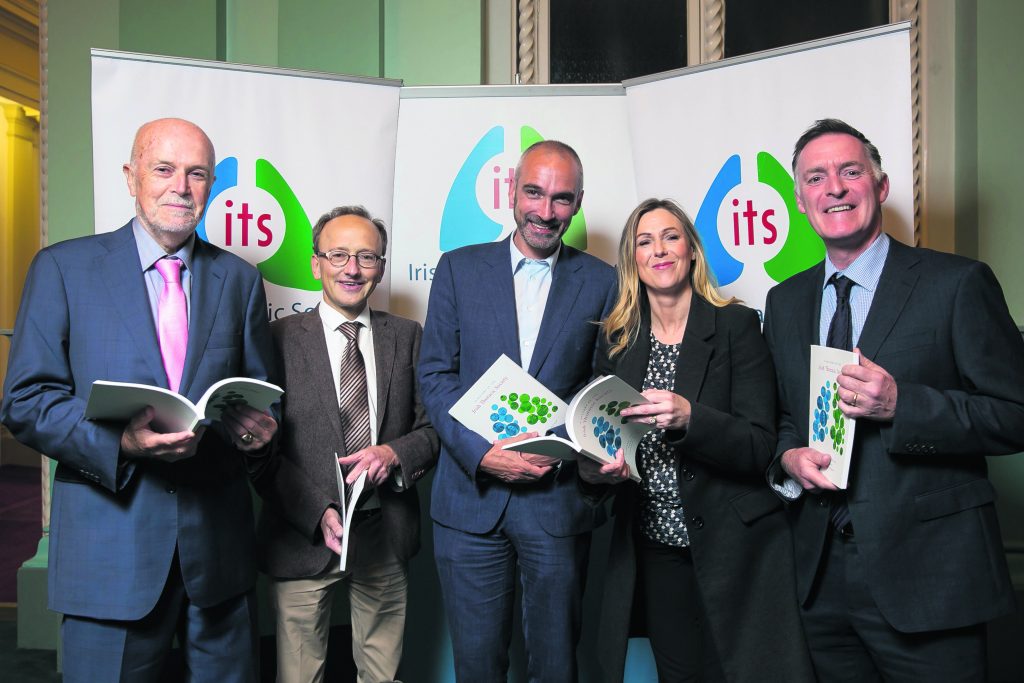
He noted that COPD affects almost half a million people over the age of 40, some 400,000 people have asthma, there is a significant prevalence of cystic fibrosis, while lung cancer causes the most deaths of any form of cancer.
“Then we have relatively poor resourcing to deal with it; this is all before Covid. For example, consultants — we have one consultant for every 80,000 people, while the guidelines suggest one for approximately every 30,000. It’s similar with respiratory nurses, respiratory physiologists, physiotherapists.
“So we have a significant dearth of respiratory services to deal with these problems,” he said, noting the now additional burden of Covid-19-related illness.
Lung diseases include COPD, asthma, lung cancer, cystic fibrosis, pulmonary fibrosis and sleep disorders.
Dr O’Brien said the lack of a national respiratory strategy should be considered by the new Government.
“One of the problems is that we have not had a respiratory strategy, like we have had with cardiac diseases. We have had it with cancer, but we have had nothing with lungs. Now, why has that happened? It is just that [previous] Governments has not taken that on.”
He said the challenges are multi-faceted.
The extra staff needed in respiratory care are “not just consultants, it’s respiratory physiotherapists, physiologists”.
Dr O’Brien added that the ITS is seeking investment and adaptation of infrastructure with availability of isolation rooms, negative-pressure rooms and adequate space and streaming systems in hospitals to allow for physical distancing and management of high-risk patients. “The number of patients we can see is restricted because of the space we currently have. Also, [we need] sleep beds for patients to do sleep studies, bronchoscopy suites and negative-pressure rooms… ”
The ITS had written to the new Minister for Health Stephen Donnelly and incoming TDs “to highlight this problem to address these deficits”.
In response, the HSE noted that there are national clinical programmes for COPD and asthma. “The National Clinical Programme for Respiratory agrees with many of the points made by Irish Thoracic Society and is in the process of aligning pre-existing integrated care plans to accommodate the difficulties presented by Covid-19,” the HSE’s spokesperson told MI.
“A facet of this realignment will involve the need for increasing pre-existing staffing levels to address these new challenges. A national respiratory strategy would be a matter for the Department of Health.
“The HSE is aware of the potential risk of the development of pulmonary fibrosis in some of those who have had Covid and will be reviewing the research on this.
“The HSE and the ILFA [Irish Lung Fibrosis Association] have engaged on this matter and are also aware of the impact of Covid on patients with broader chronic disease and the need to support a pathway of care, which are now disrupted in a Covid environment. “The HSE is working with relevant clinical leads and programmes to develop pathways of care which keep patients safe in a Covid environment. These plans cover spectrums of scheduled and unscheduled care, both in hospitals and community.”
Dr O’Brien highlighted to MI that the impact of the pandemic on the entire health service has been significant but with lung disease, it has been particularly difficult. He said Covid-19 itself causes acute lung disease, therefore respiratory patients are more at risk of developing further problems if they become infected. The coming weeks and months will be demanding for those working in respiratory care, and for their patients, he warned. “The issue is, all lung disease patients have been cocooning and doing their job and doing the right thing,” he said.
“But the problem there is, that is to the detriment of their underlying lung diseases; they are not seeking ongoing care, which they should be getting.
“People who are developing lung disease are not coming forward to the hospitals and the disease is getting worse. So we have this burden of patients who are going to be worse than we have seen before; then the ones we have been seeing are probably going to be worse — when they present, they are going to be much further on in their disease.
“So our ability to cope with these problems is even further restricted because of the Covid-19 restrictions because of social distancing, minimising footfall in the hospital and other restrictions…so there are mutifactorial reasons as to why we are now seeing that there is a crisis in respiratory care.”
Covid-19 and lung disease statistics
According to the Irish Thoracic Society, before the onset of the pandemic, Ireland’s lung disease rates were already among the highest in the world, and the numbers of respiratory specialists per capita among the lowest.
▸ Respiratory disease causes one-in-five deaths in Ireland.
▸ Respiratory disease accounts for more hospitalisations than cardiovascular and non-lung cancer cases combined (14 per cent versus 8 per cent and 5 per cent, respectively).
▸ The vast majority of these respiratory disease cases (85 per cent) are for emergency unscheduled care.
▸ Ireland’s death rate from respiratory disease is the fourth-highest in the EU-28 and is 38 per cent higher than the EU average.
▸ In the period between 2008 and 2016, the number of deaths from respiratory disease increased by 14.6 per cent. This compares with a 7.5 per cent drop in cardiovascular deaths.
▸ An Irish Thoracic Society workforce planning submission to the HSE in 2018 indicates Ireland has approximately one respiratory physician per 80,000 persons. International guidelines suggest a figure of one physician per 35,000 persons is appropriate.
Disappointed at new Government’s plans
In June, the Irish Thoracic Society (ITS) Covid-19 subgroup expressed disappointment that the new Government’s Programme for Government: Our Shared Future did not “include a targeted response to the burden on respiratory healthcare services amidst fears that lung health is set to become one of the biggest casualties of Covid-19”.
Specifically, the ITS is calling for greater numbers of respiratory specialists and other healthcare professionals to provide essential care in the community as well as hospital settings, investment in infrastructure to ensure necessary space and isolation facilities, and the development and provision of cutting-edge technology solutions for patient care.
“It is clear that we are storing-up a backlog of undiagnosed and untreated respiratory disease at a magnitude that will have untold implications for the healthcare service and for our patients in the coming months and years unless urgent action is taken,” said Dr O’Brien.
“The stark reality of delayed access to care for people with lung disease is deteriorating health, reduced quality-of-life and sadly, in some cases, premature death.
“Our patients have heeded Government advice by cocooning and self-managing their way through this emergency. They have played a crucial role in ensuring that our hospitals have not become overwhelmed. We now need to ensure that this sacrifice has not been at a long-term cost to their own health and that all patients receive equality of treatment and care into the future.”
Seeking guidance during a pandemic
The continuing impact of the pandemic on respiratory care and lung disease has led to the development and publication of a series of new guidelines both in Ireland and abroad. A recent editorial in the BMJ titled ‘Long-term respiratory complications of Covid-19’ (published 3 August) noted that “the extent and severity of the long-term respiratory complications of Covid-19 infection remain to be seen, but emerging data indicate that many patients experience persistent respiratory symptoms months after their initial illness.”
The BMJ article points to recently-published guidance from the NHS on the “likely after-care needs of patients recovering from Covid-19 and identifies potential respiratory problems, including chronic cough, fibrotic lung disease, bronchiectasis, and pulmonary vascular disease”. “The evidence for these possible sequelae is largely derived from acute manifestations of Covid-19, along with extrapolations from the 2003 outbreak of severe acute respiratory syndrome (SARS) and data on acute respiratory distress syndrome (ARDS).”
The BMJ also highlighted that guidelines published by the British Thoracic Society “recommend chest radiography three months after discharge for all patients admitted to hospital with Covid-19. Those with a history of moderate or severe disease, with persisting symptoms or with radiological abnormalities, require clinical review and further investigation.” In Ireland, the Irish Thoracic Society (ITS) established its Covid-19 sub-group in March and it developed guidelines for managing respiratory care during the pandemic.
“These guidelines have been developed based on expert respiratory advice, consultation with specialty and professional groups, national and international best practice and with reference to HSE and HPSC guidance relating to infection prevention and control,” according to the ITS.
“These guidelines do not supersede clinical judgement and should be tailored to local conditions, clinical context and available resources.” The sub-group is made up of senior respiratory clinicians who are members of the ITS , “with broad regional, sub-specialty and institutional representation and external stakeholder input as required.”
Web links:
ITS guidelines for managing respiratory care during the Covid-19 pandemic:
irishthoracicsociety.com/education/irish-thoracic-society-guidelines/
BMJ article ‘Long-term respiratory complications of Covid-19’:
www.bmj.com/content/370/bmj.m3001
NHS England After-care needs of inpatients recovering from Covid-19:
www.england.nhs.uk/coronavirus/publication/after-care-needs-of-inpatients-recovering-from-covid-19/
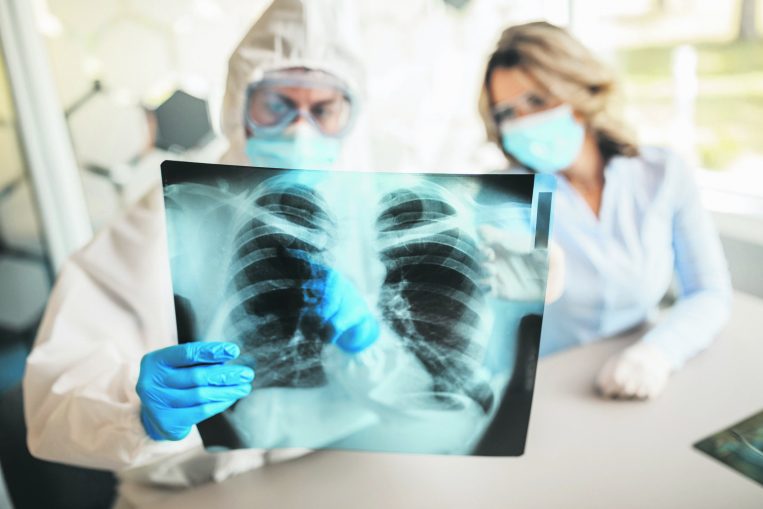
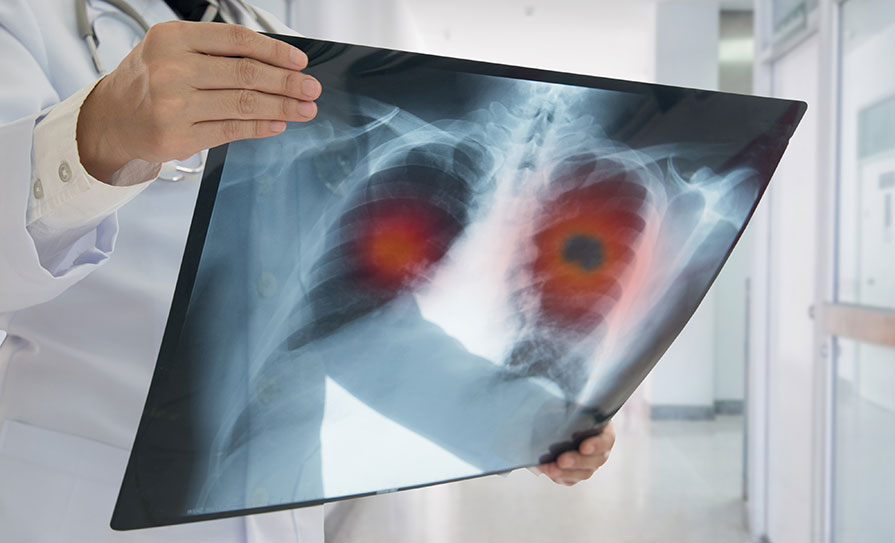
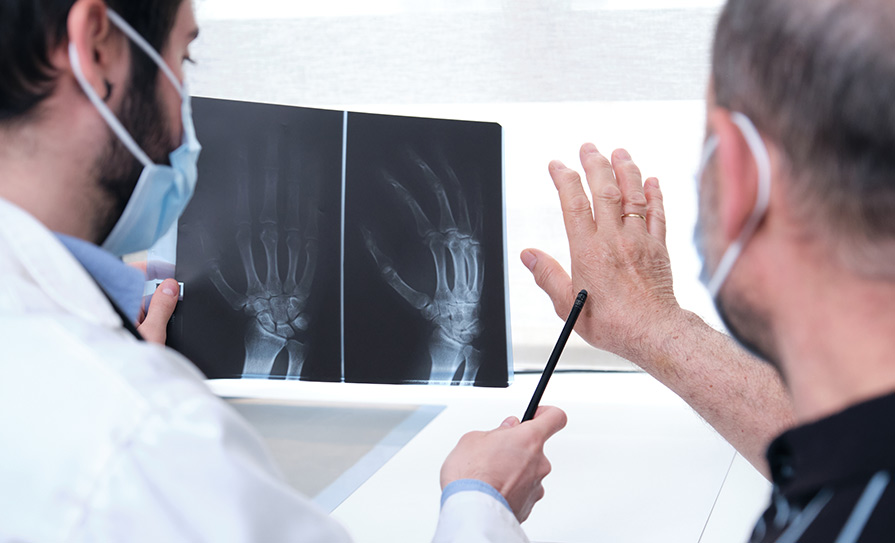
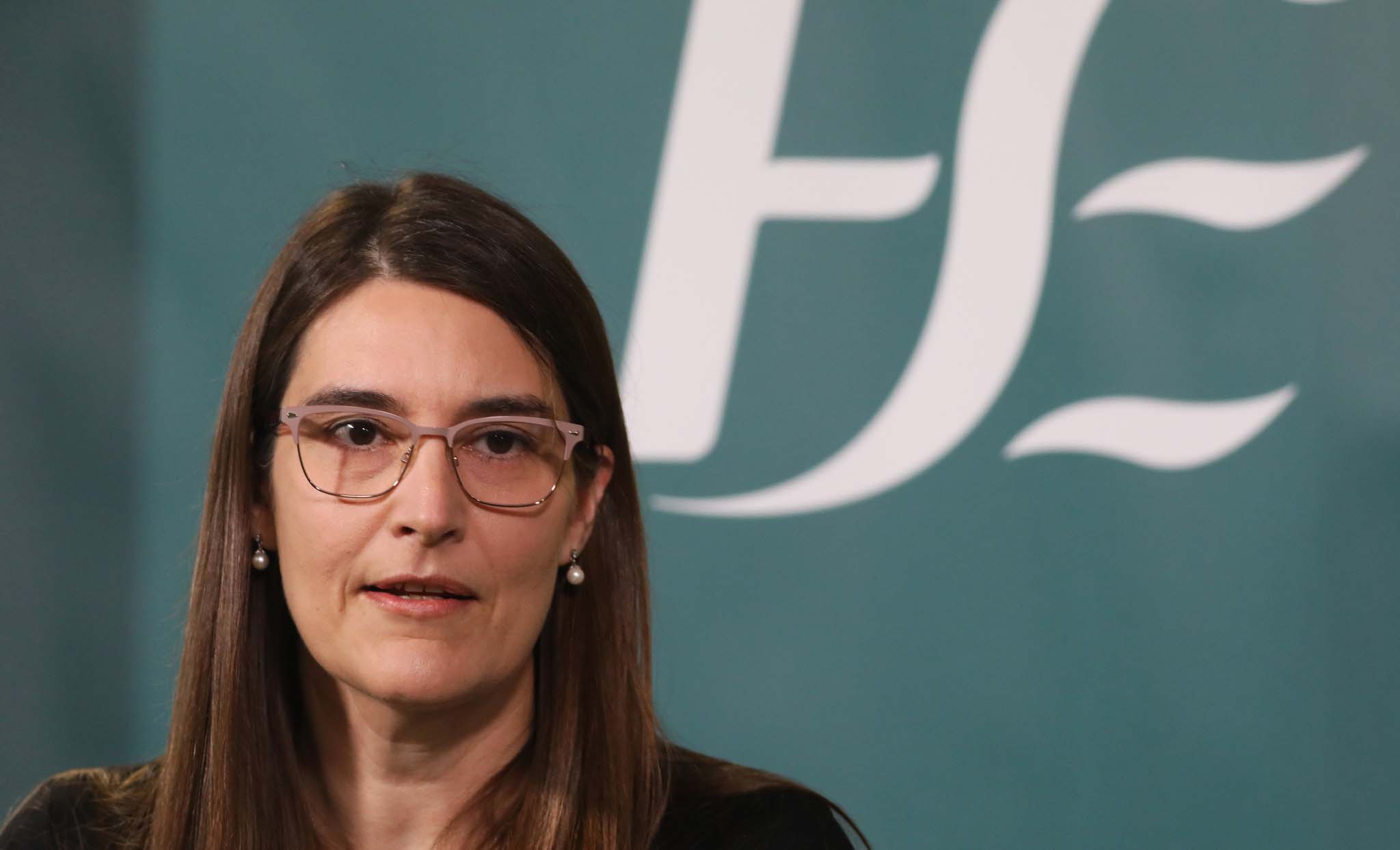
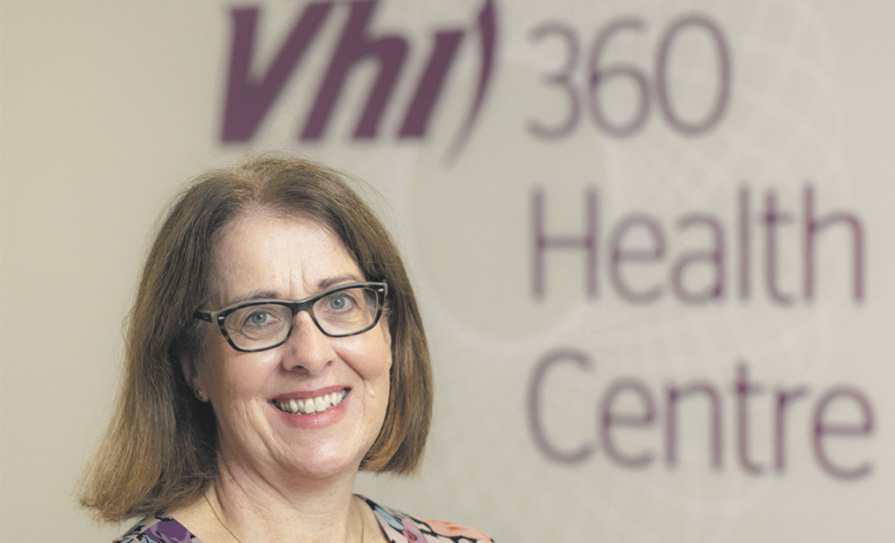


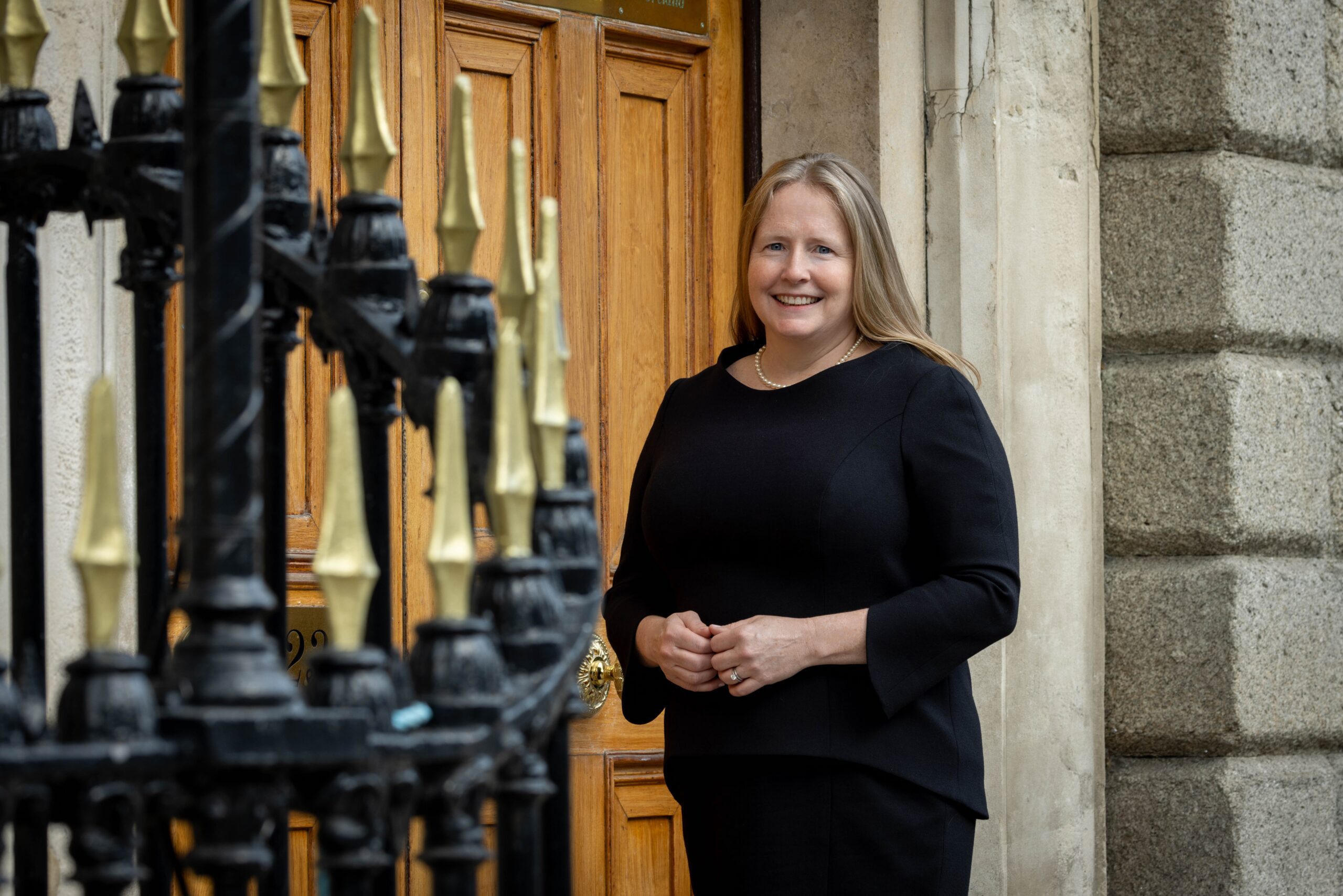
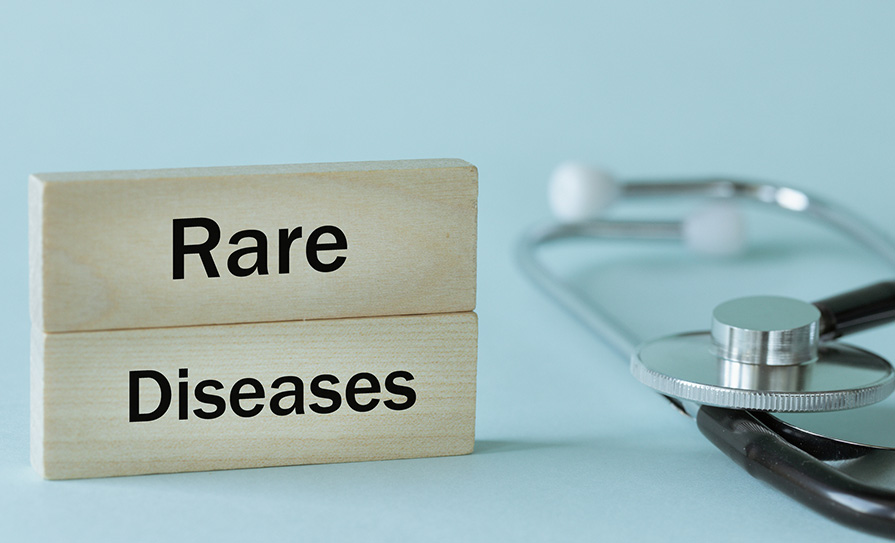




Leave a Reply
You must be logged in to post a comment.